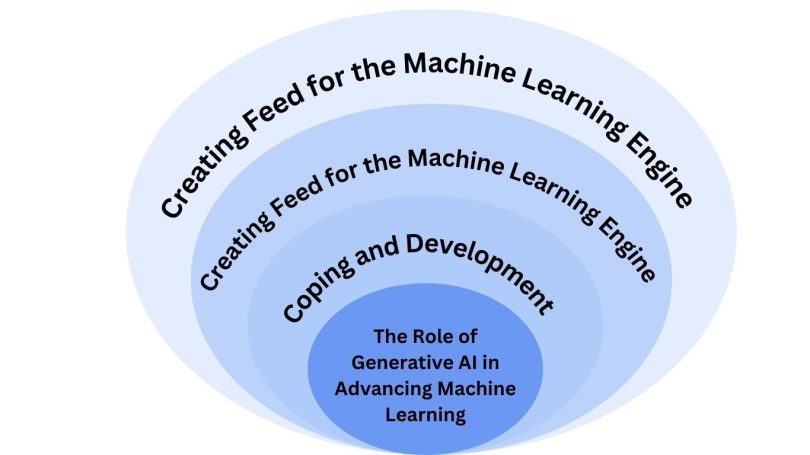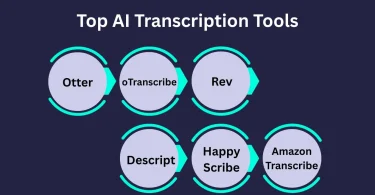Machine learning (ML) has become a transformative force across industries, but a key limitation has persisted; the major disadvantage of not being able to produce fresh data. Here generative AI comes into play; it is a highly effective sub-field that is already transforming the game. Generative AI enables machines to generate realistic as well as innovative content; this is a revolutionary concept in the advancement of machine learning.
This article explores…
- How does generative AI work to feed the machine learning engine?
- The creative possibilities of generative AI for data generation
- Trends and prospects in the further development of the situation
- At the end of this course, you will learn how generative AI is not just producing nice pictures or sounds but is revolutionizing machine learning and opening a world of possibilities.
Creating Feed for the Machine Learning Engine:
Machine learning is all about data as it is the fuel that allows the algorithms to train and learn from. The more data it has, the more it learns and improves, this is why it needs to have as much data as possible. However, it is often costly, time-consuming, and at times, even ethically sensitive to obtain high-quality data. When it comes to data input, generative AI comes as a lifesaver by generating data that is artificial yet realistic.
This allows for several key advancements…
Data Augmentation: Think about training an image recognition model with real images and AI-generated images with different lighting or with different angles. These variations can be generated by generative AI, which will help in enlarging the data and enhancing the model by testing it on all the possibilities.
Simulating Rare Events: Observing and analyzing real life events are sometimes challenging especially where such events are rare. Generative AI can actually generate realistic events that the models can learn from even if the events might not happen in the actual world. Particular importance is the usage of the model in areas like medical diagnosis or self-driving car technology.
Privacy Preservation: When the dataset to be used in training includes confidential information, generative AI can generate synthetic data that maintains important characteristics while being anonymous.
Beyond Data: A Well Mechanism Of Creativity:
Many people today assume that the primary use of generative AI is to generate new data, but in fact, it goes much further. It can be used to…
Develop New Algorithms: The generative AI models can search the high-dimensional algorithm space and find the combinations that have never been tried before but are excellent for some particular tasks. This helps to speed up the process of finding better algorithms for carrying out machine learning.
Accelerate Research and Development: In the case of generative AI, realistic prototypes or simulations can be created to help in the actual development of new products and technologies. Think of how this generative AI can be used to design a new life-saving drug through the simulation of its interaction with a protein model.
Enhance Human Creativity: It can be a co-creator with artists, designers and scientists. It can give new concepts and modifications that keep creativity going. Generative AI can be applied as artists can use it to create new textures or new color schemes and scientists may use it to design new possible structures for new materials.
Coping and Development:
Nevertheless, there are some issues in generative AI development. Hence, to guarantee that the data generated is genuine and not influenced, proper attention should be given to both training data and model architecture. Also, some social issues related to ownership and misuse of the generated content must be resolved.
But the opportunities are enormous. This approach of applying generative AI and machine learning can open a new chapter of innovation in many fields, including medicine, materials and many others.
Conclusion:
What used to be a concept in science fiction is now a robust tool that is transforming generative artificial intelligence and machine learning. It feeds better models with synthetic data, goes beyond data creation by providing creative solutions, and has a high degree of applicability in different fields. However, there are many bright prospects for using big data, such as the possibility of its misuse or having a bias. Thus, we can overcome these obstacles and, using the interaction between generative AI and machine learning, create a world full of new inventions, from targeted medicine to new materials.




Leave a Comment